Swinging London: What’s left of the wild Sixties?
From rock music to the mini skirt: the Sixties have shaped London like no other decade. Whether it was music or fashion, the capital of the United Kingdom was the European Capital of Cool. But what is left of the great vibe of Swinging London today? Come along on a trip through today’s London – following the lines of the March 1967 issue of the travel magazine “Merian London”.
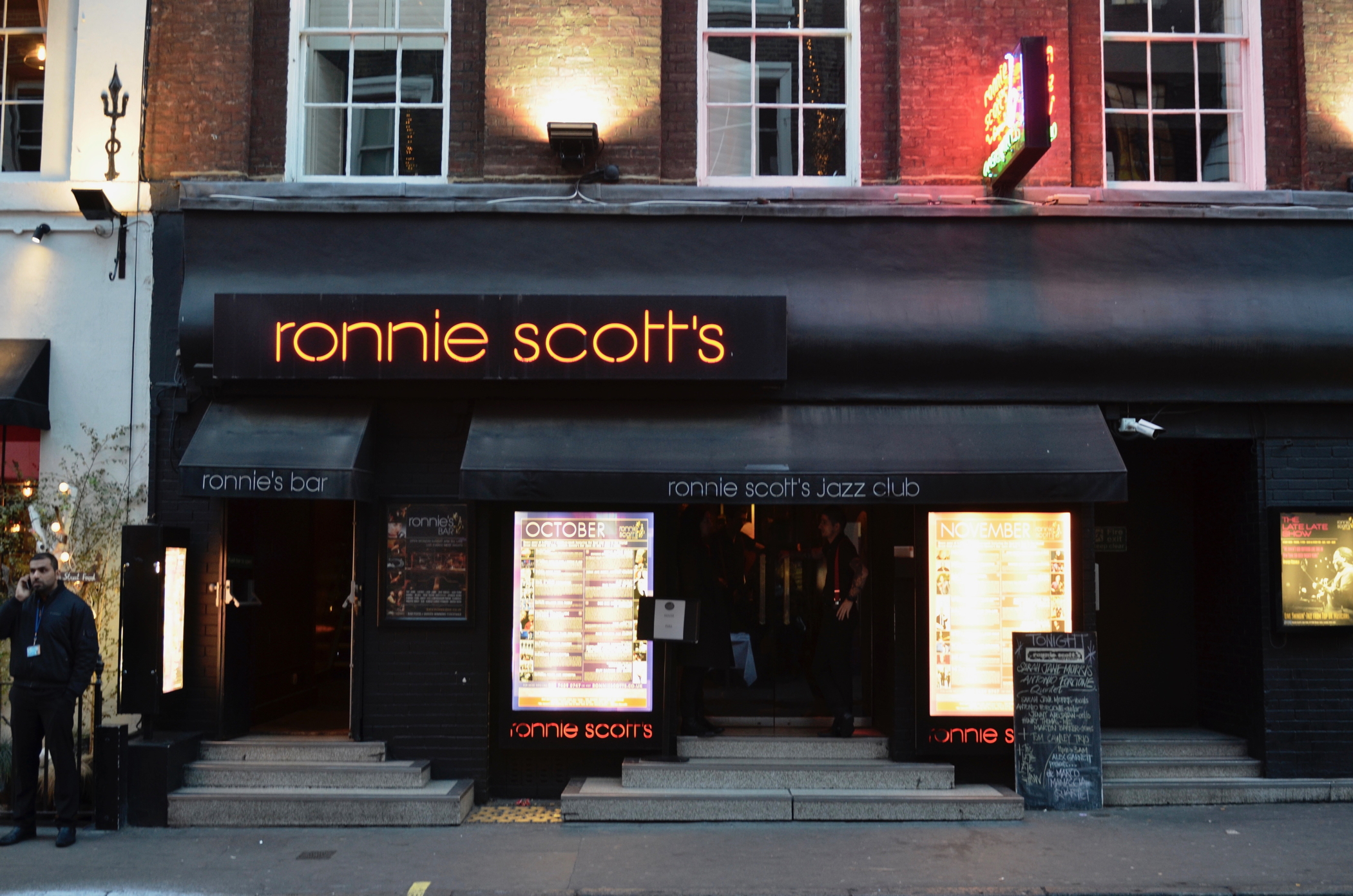
Piccadilly Circus in 2016. As usual, the road junction in London’s West End looks busy. At the kiosk next door, a group of Chinese tourists browses through a pile of old postcards. Postcards from the very square, that, for more than a century, has been the navel of Great Britain, if not of entire Europe. Nevertheless, the public space has changed over the decades. Especially its wide-scaled advertising campaigns on the house fronts. While they were first illuminated with simple white light bulbs, Piccadilly Circus reinvented itself in the Sixties, and from then on shone in the bright colors of neon tubes. The wild 60s did not only bring changes to the West End, but, on the contrary, brought a whole new zeitgeist to all of Britain’s capital: Swinging London.
Swinging London: A “youthquake” of music, fashion and the media
While the news were dominated by international issues such as the Cuban Missile Crisis and the Vietnam War, much more than just a freedom movement formed itself within London’s society: A completely new perspective and approach towards the now out-dated world view. The foundation of this was music and the entire pop-cultural phenomena associated with it. Above all, fashion. While many musicians of the 60s were inspired by the idea of a better way of life, they spread their thoughts on identity, belief, politics, consumption, life and communication in the cloak of rock and pop. Quickly, a small revolution was born.
„Never doubt that a small group of thoughtful, committed citizens can change the world.“
Margaret Mead
The scene was buzzing, especially in designated neighborhoods, such as King’s Road in Chelsea. Today, this street doesn’t look differently to other high streets in the country, albeit a little posher. Strolling along the street, you pass the usual shops such as Boots, WH Smiths and other ubiquitous coffee shop chains like Costa and Prêt a Manger. In fact, numerous traces of Swinging London can be found along this former trendsetter road.
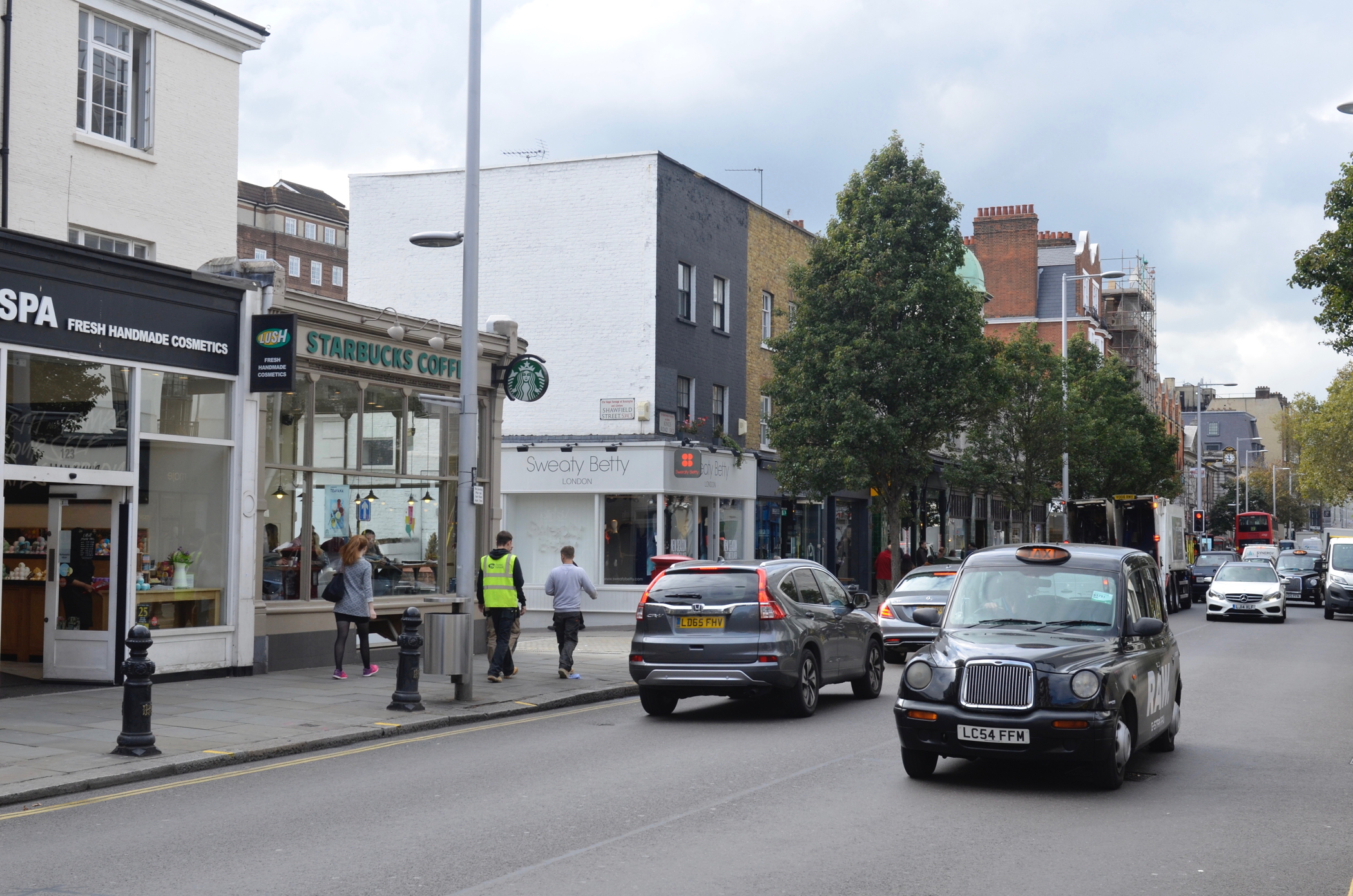 King’s Road was once one of the places-to-be in Swinging London
King’s Road was once one of the places-to-be in Swinging London
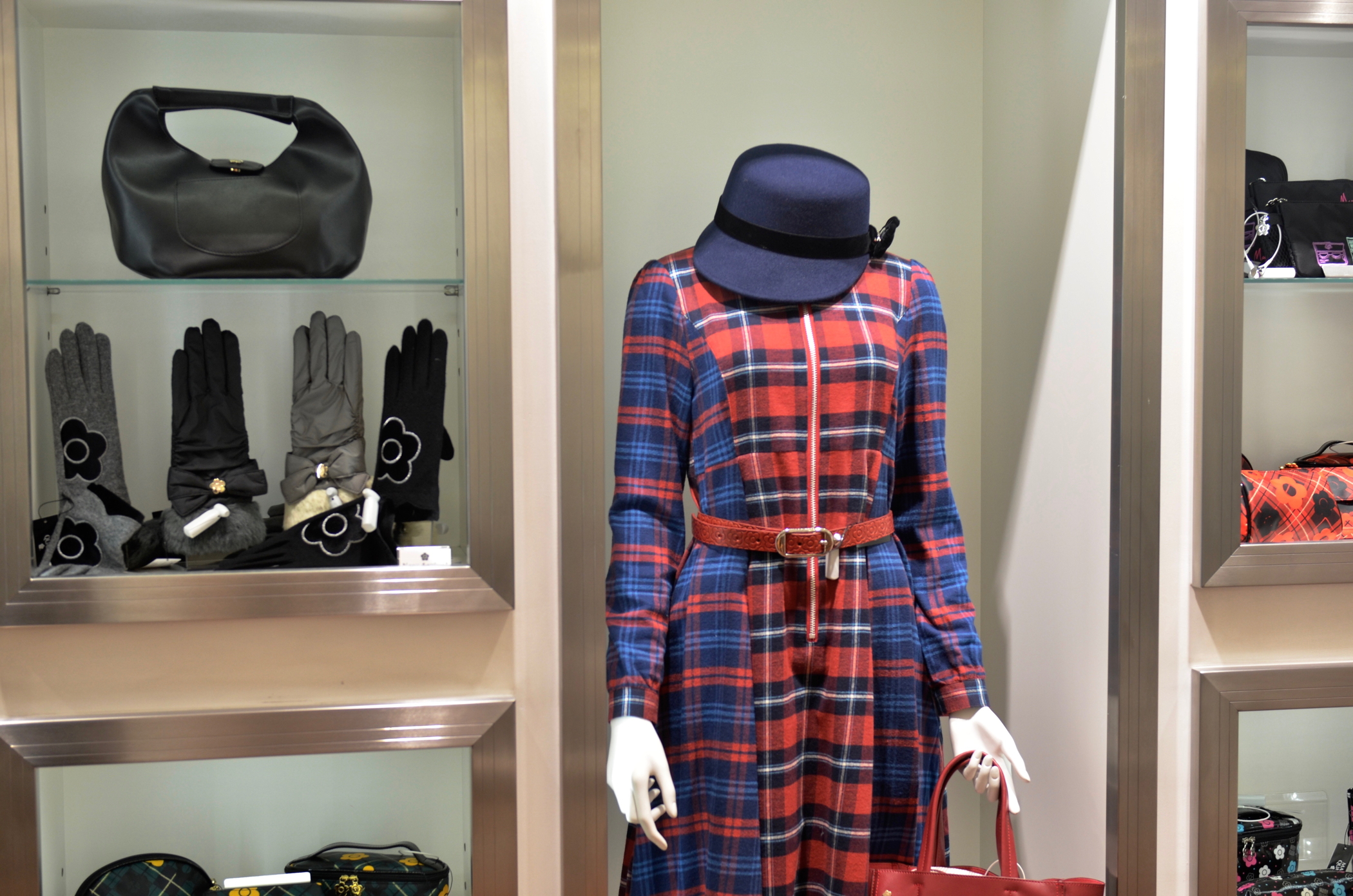 Swinging London: The inventor of the mini skirt still sells Sixties-styled clothing
Swinging London: The inventor of the mini skirt still sells Sixties-styled clothing
Take King’s Road as an example: This busy street is the birthplace of the famous mini skirt or at least the one that was put into mass-production back in the days. It was right here where the British fashion designer Mary Quant invented the mini skirt in her small shop named “Bazaar” in the early 1960s – the starting point of a big success story. The garment was first featured in the British Vogue and was soon found on the hips of young women around the world. Today, there is still a “Mary Quant” shop, located in a modern backyard complex at the South-West end of King’s Road. Inside, an inconspicuous twenty-something sells clothing with a little old-fashioned style. It is mostly reminiscent of the British model Twiggy, the biggest fashion icon of the Sixties. While the fashionable charm of the 60s is still alive in the shop itself, Ms Quant sold the brand to a Japanese investor group years ago. Just another case which shows that money beats tradition.
Chelsea: Where rock stars hung out
One of the biggest rockstars of the planet once lived further west-ward, in a small side street. The house that is still known as the “Pheasantry” (152 King’s Road), was once home to nobody less than Eric Clapton.
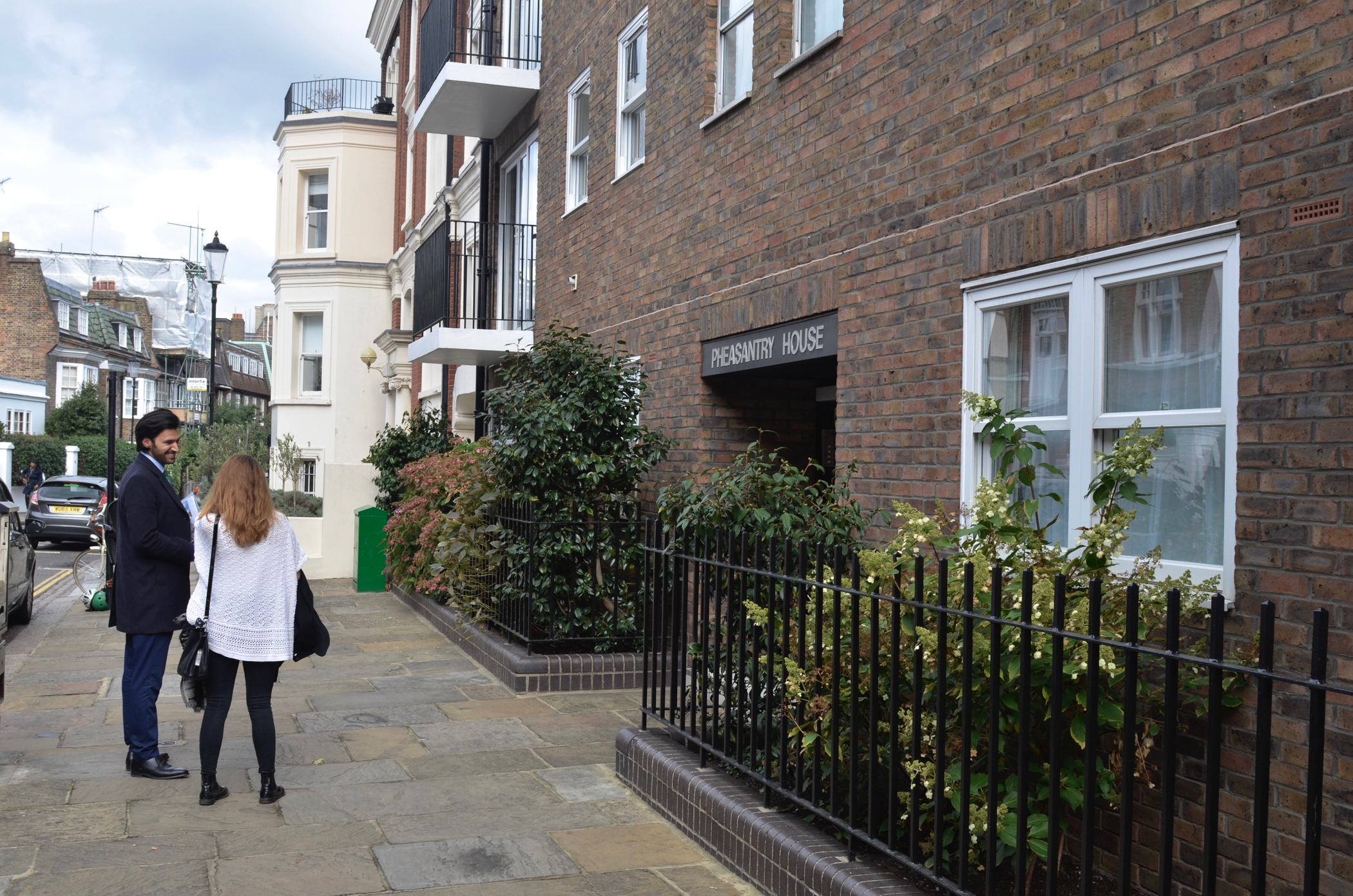 The Pheasantry House: Where Eric Clapton lived in Swinging London
The Pheasantry House: Where Eric Clapton lived in Swinging London
Anyway, rock history was written a lot along King’s Road. Yet another spot can be found a few meters further down the street on the corner to Royal Avenue. Where nowadays a Mc Donald’s is hidden behind the brick façade, used to be the famous Chelsea Drug Store. This place had regular customers such as Mick Jagger, who later immortalised it in the Rolling Stones classic “You can’t always get what you want”. The song was his very personal homage and reflects the end of the roaring days of the Swinging Sixties.
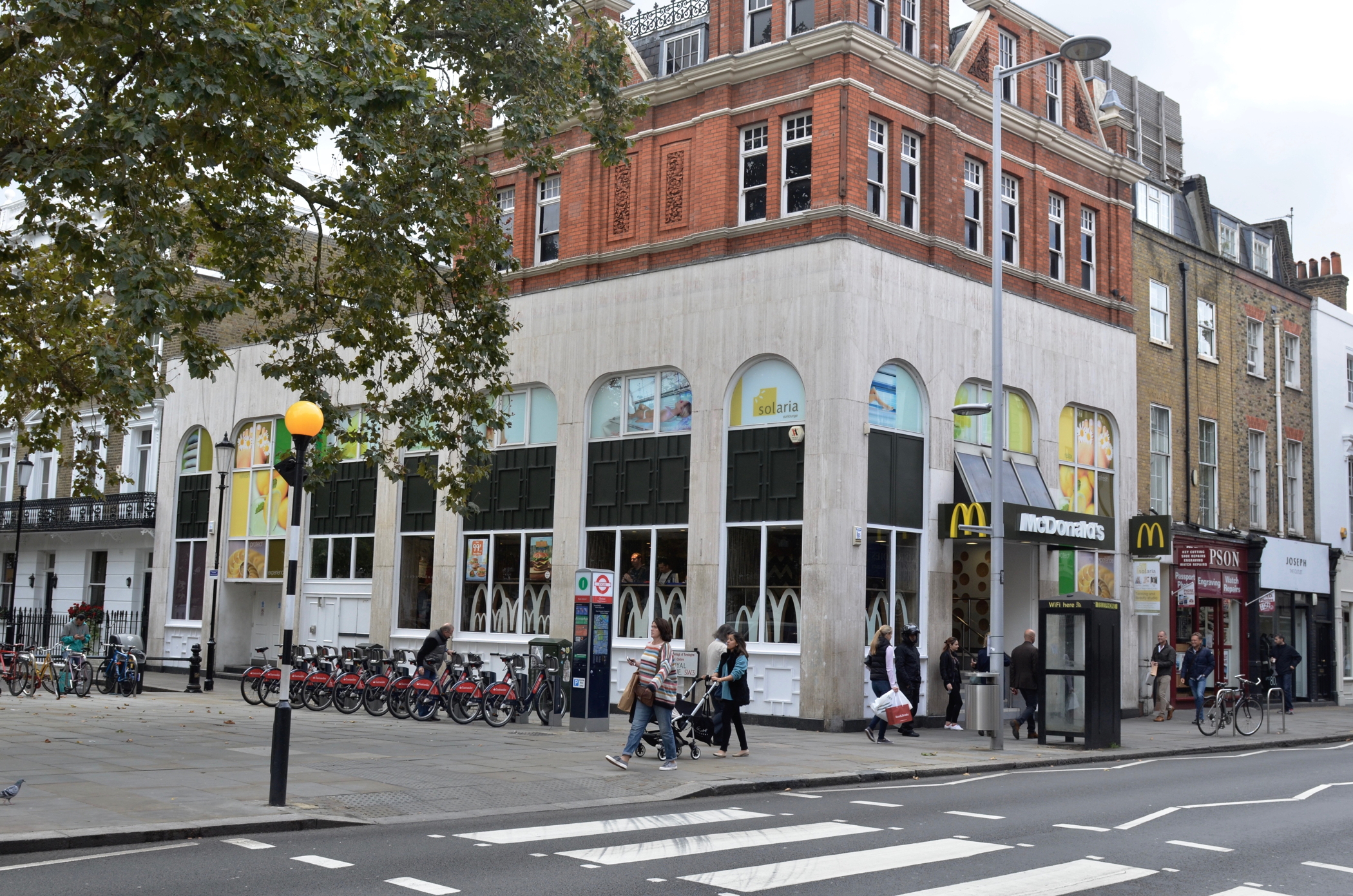 At the Swinging London this was home to the Chelsea Drug Store, today it’s a Mc Donald’s
At the Swinging London this was home to the Chelsea Drug Store, today it’s a Mc Donald’s
The real revolution, however, has long been taking place elsewhere: namely in Soho, “London’s only district, which is also a special feature for Londoners” (Merian London, March 1967). The Sixties were an explosion of British music. While America was overwhelmed by the British music wave, Beatlemania conquered the whole world and Soho became the centre of the international music scene. Some of the breeding grounds have been preserved until today, a few even in their initial form as a bar or a concert hall. One of these is Bag O’Nails at 8 Kingly Street. Once a popular venue for musicians on the rise, it is still a nightclub today. This was where Jimi Hendrix played one of his most legendary concerts and where Paul McCartney, for the first time ever, cast an eye on his later wife Linda Eastman.
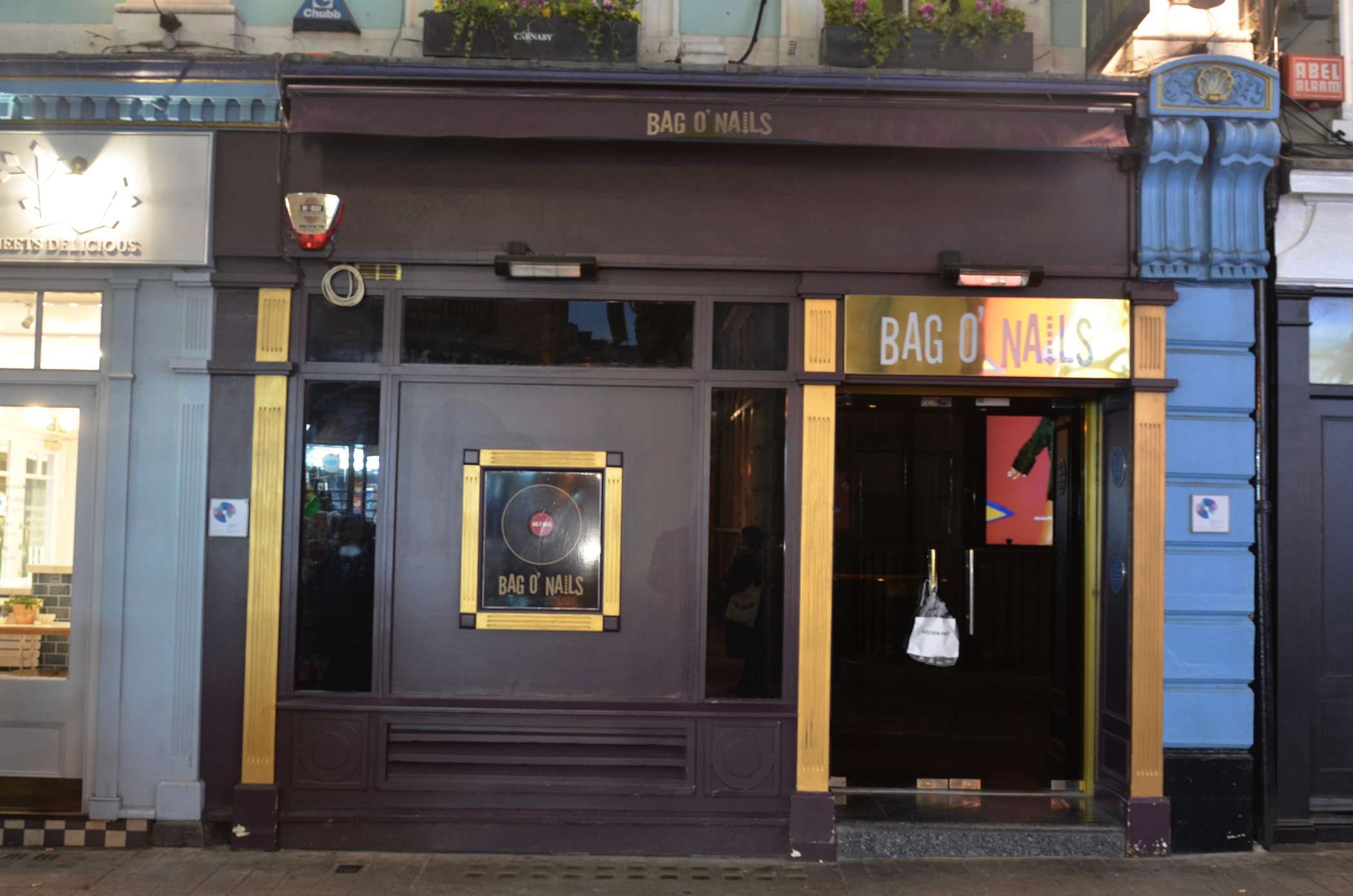 Bag O’Nails was a hip club at the times of Swinging London
Bag O’Nails was a hip club at the times of Swinging London
Other Rock’n’Roll milestones are just a stone’s throw away. At Ronnie Scott’s Jazz Club in 47 Frith Street The Who played their very first concert in May 1969. According to the authors of the March 1967 issue of the travel magazine “Merian London” the music in this “dark amphitheater” was “very modern”. This is something that has probably never changed, as the nightclub still attracts young party-goers with the latest music, but also with jazz concerts.
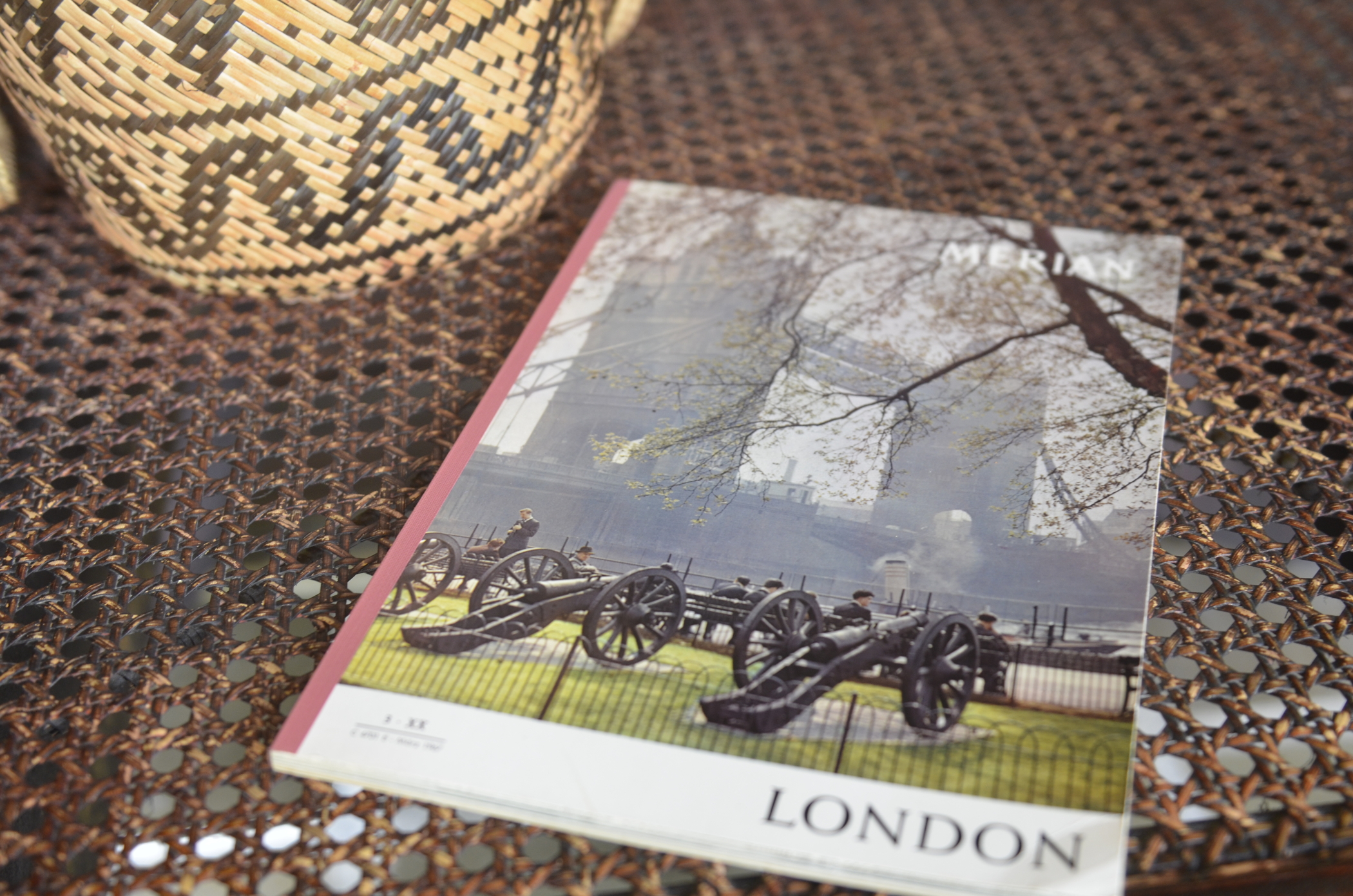
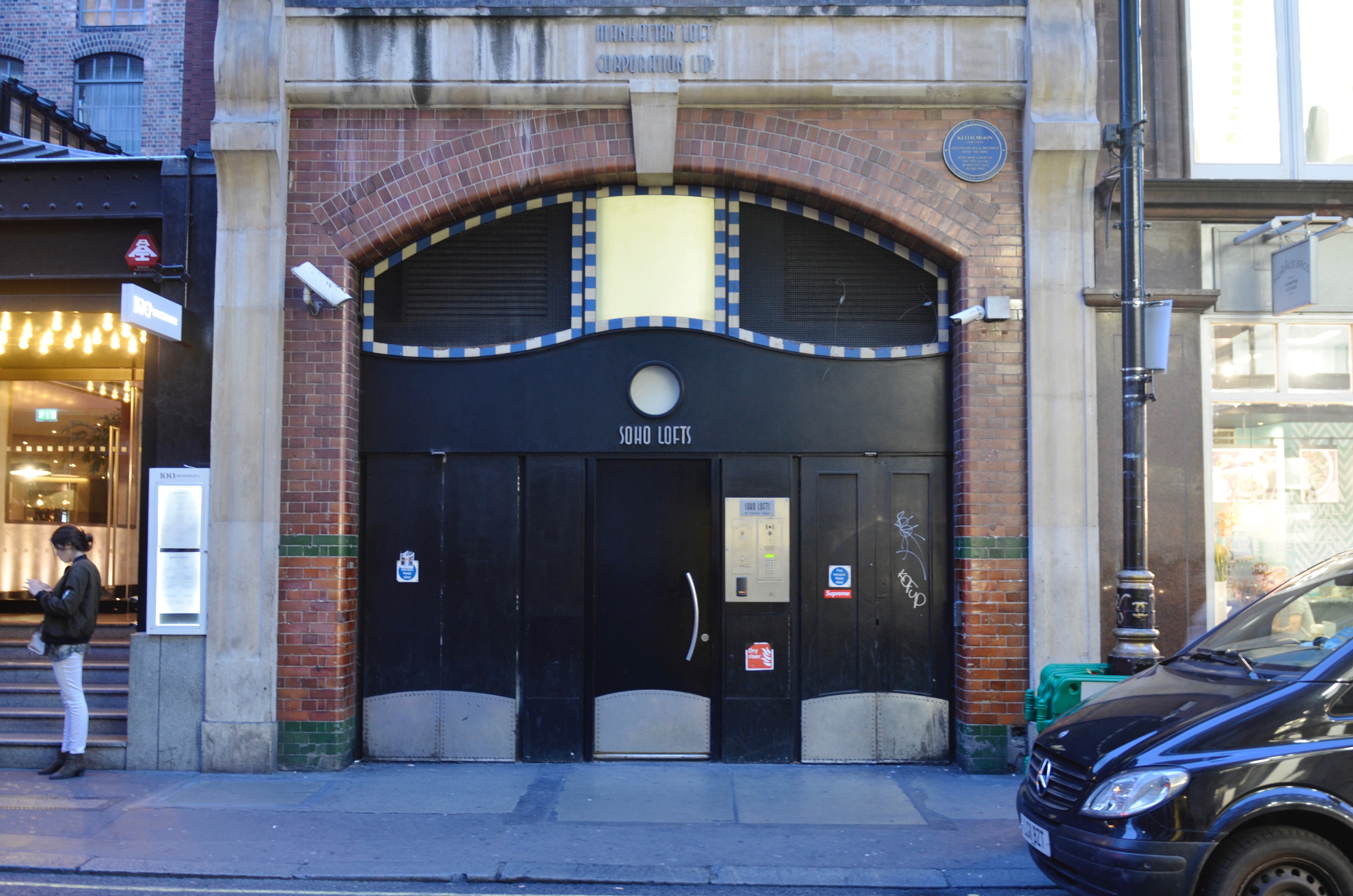 Previously a concert hall: Not all clubs have survived Swinging London
Previously a concert hall: Not all clubs have survived Swinging London
However, not all legendary concert halls of Soho have survived until today. The Marquee Club at 90 Wardour St, for example, was converted into an apartment complex years ago. It was right here that music legends such as Rod Steward, Pink Floyd, David Bowie and the Rolling Stones started their careers. Jagger and Richards even played their very first concert under the band name in this previously popular place.
Carnaby Street: Where pop changed fashion
“Another symptom of the youthful anti-establishment attitude is Carnaby Street” (Merian London, 1967), and to this day, it tries to maintain the reputation of the former nucleus of Swinging London. No road unified more coolness than Carnaby did. It was in this narrow street, where the London pop scene has influenced the fashion taste of an emerging youth.
„In Regent Street and Leicester Square everywhere the Carnabetian army matches on…“
The Kinks: Dedicated Follower of Fashion, 1966
As early as in April 1966, the “Time Magazine” wrote that “nothing illustrates the new swinging London better than narrow, three-block-long Carnaby Street, which is crammed with a cluster of the “gear” boutiques where the girls and boys buy each other clothing.”
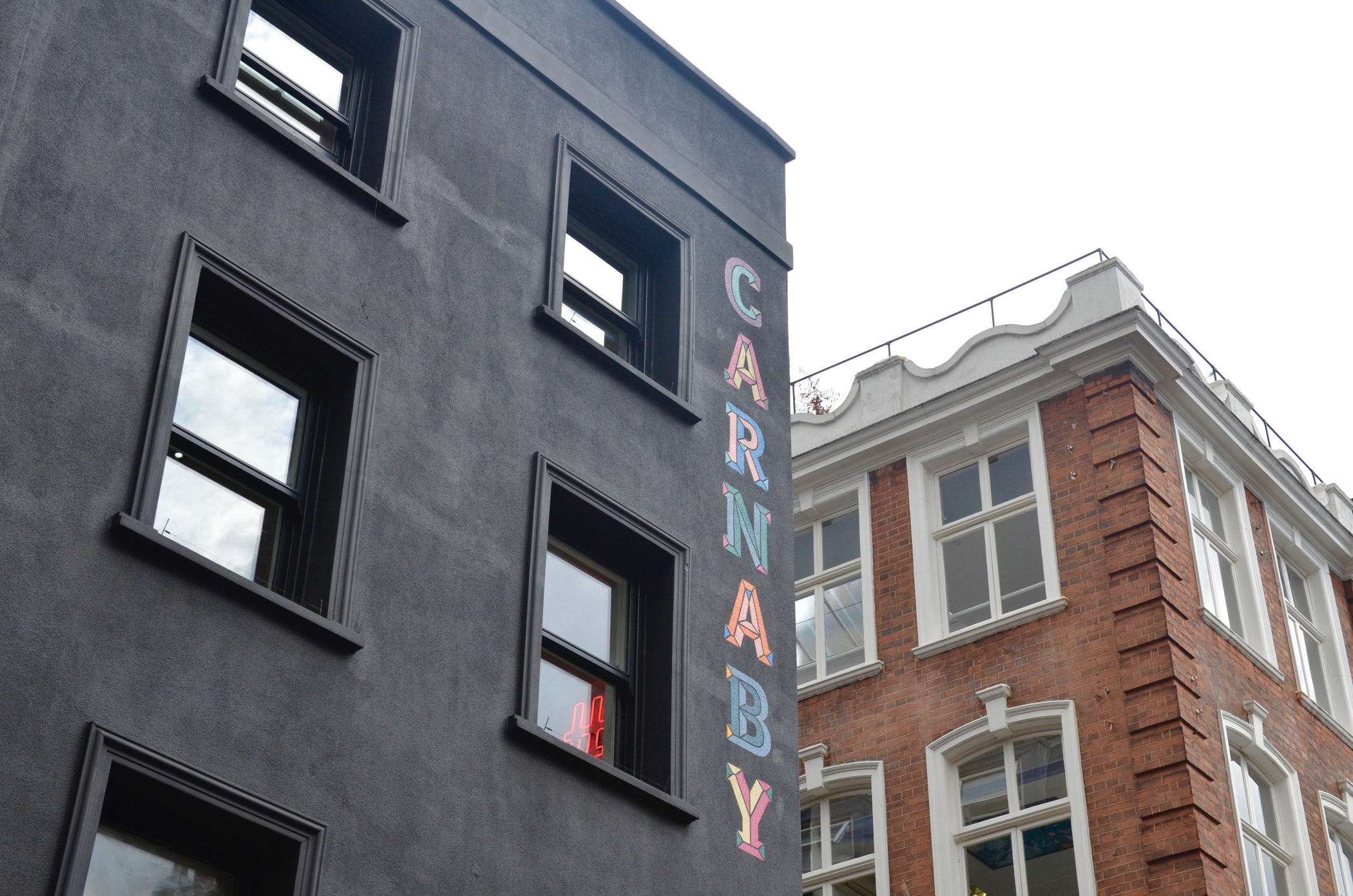 Formerly “cool”, now “hip”: Carnaby Street was a legendary place to be in Swinging London
Formerly “cool”, now “hip”: Carnaby Street was a legendary place to be in Swinging London
It was on Carnaby Street that you could feel the pulse of the new times, where everyone came to self-display and homosexuality could not be fancy enough. Carnaby Street was the place to see and to be seen. And it was the first time in London, that this not only applied to the girls of the rich upper class. “A certain external style suffices, as long as it is associated with an attitude of mind known as “cool”, explains the Merian travel magazine in 1967.
“There is again a bridge between art and life.”
Merian „London“, March 1967
Unfortunately, the little strolling promenade has long lost the powerful charm of Swinging London. And yet a decent wind of the Sixties still lurks through the ancient streets. For example, far up above where the name Carnaby Street is perched across the pavement, cloaked in a Union Jack of glittering sequins. And down at the corner of Beak Street, Liam Gallagher, the former frontman of the band Oasis, has been offering his fashionable creations for years, even though they are not as daring as Mary Quant’s. With his Britpop look and feel, Gallagher himself had promoted the British Empire for many years during the 90s and thereby helped to gain new fame far beyond the borders. But that was long time ago. While Carnaby Street has remained a popular shopping street, the epicentre of fashion and style can now be found in other parts of the city of London, such as in Shoreditch.
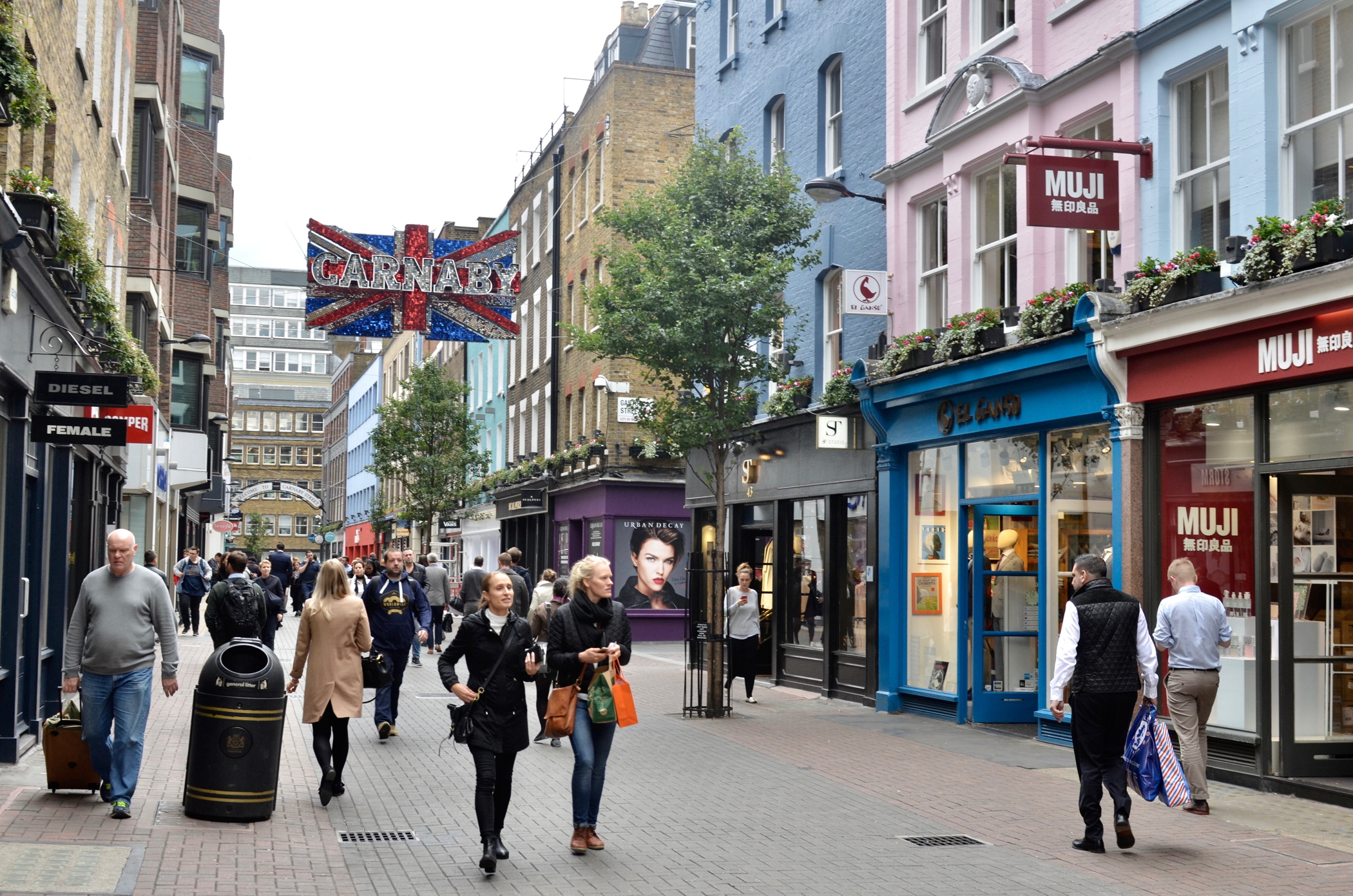 Center of Swinging London: the Carnaby Street in Soho
Center of Swinging London: the Carnaby Street in Soho
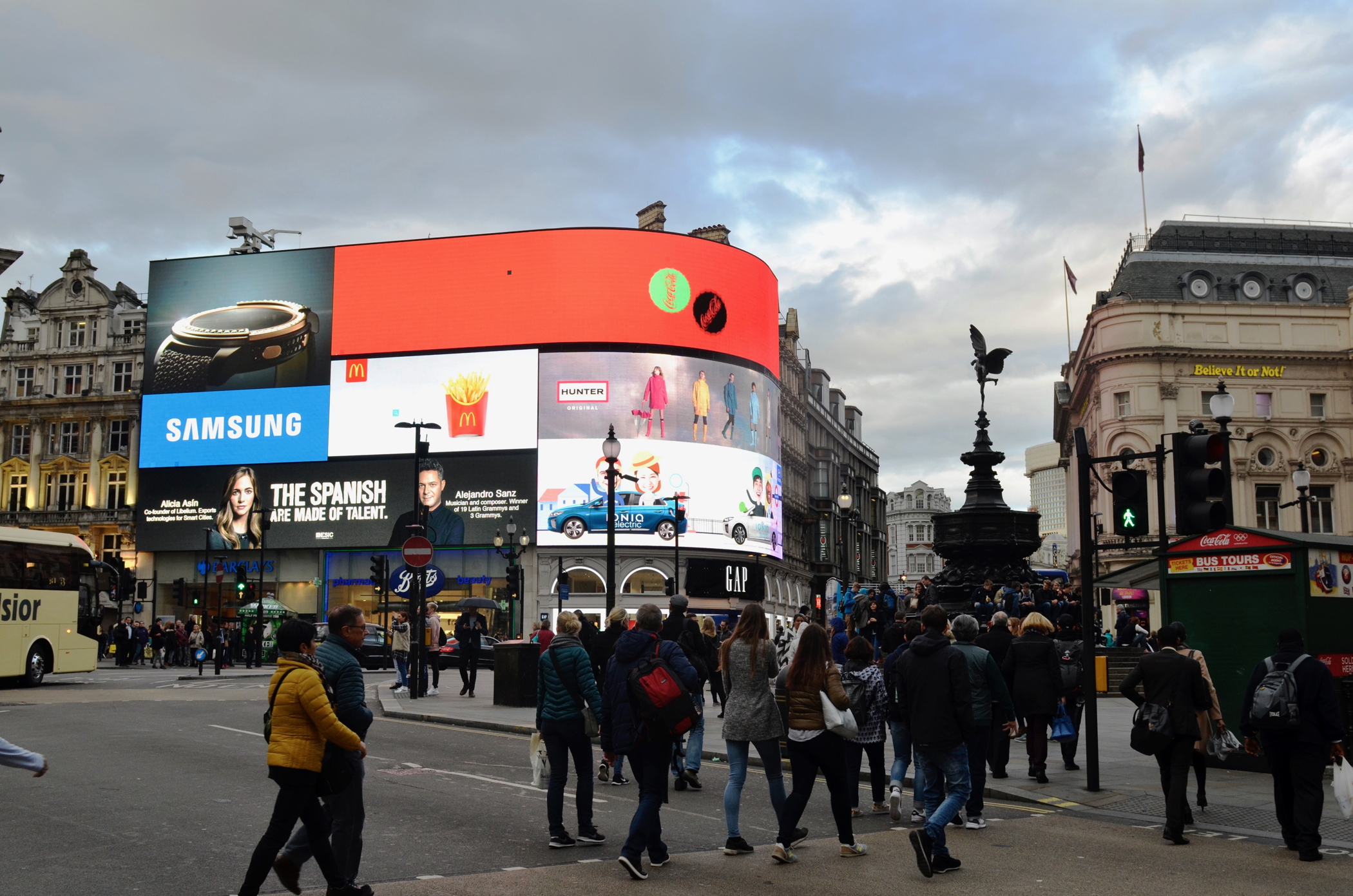 Piccadilly Circus: soon be under reconstruction again
Piccadilly Circus: soon be under reconstruction again
A few streets South, Piccadilly Circus flashes in the most saturated colors. The advertising spectacle nowadays uses huge LCD screens instead of old-fashioned neon tubes. Soon, the public space will be reinvented once again. The surrounding buildings of the famous square are to be expanded to the new Piccadilly lights complex with offices, shops and apartments. London’s old institution will no longer exist the way it was known. It will be swept out for the establishment and, as in 1967, “threatened by progress” (Merian, 1967), until it is time again for a new, revolutionary zeitgeist.
Tip: The prestigious exhibition “You Say You Want a Revolution, Records and Rebels 1966-1970” in the Victoria and Albert Museum is still running until February 16th, 2017
Note: A March 1967 issue of the travel magazine “Merian London” was used during research. The article was developed in cooperation with ZVAB.
Where to stay in London away from the classic tourist trails? The stylish Dorsett Shepherds Bush oversees the beautiful Shepherds Bush Green park in West London and surprises with modern interior, architecture and design inside a truly historic building. Also, find the cozy pub The Defectors Weld just around the corner.



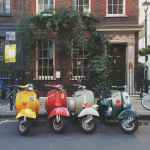


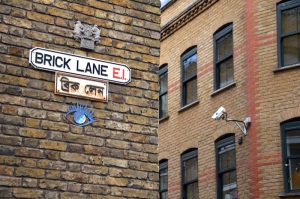
Wow! Thank you. I love London, Definitley trying to see the “You Say You Want a Revolution, Records and Rebels 1966-1970” exhibition .
Thanks again for the wonderful tipps.
Hey, london is dreame city of my it’s really awesome city , I love it .
I spent 3 lovely years in London, I think it’s the best city on the planet
Hi Clemens!
Vielen lieben Dank für die wunderschönen Bilder und bezaubernden Worte!! Dein Artikel hat mir London noch einmal von einer ganz anderen Seite gezeigt 🙂
Lieben Gruß von Feli
These are the most stylish places in London that gives an different feeling form all the other cities.
Awesome Pics. At least once i have to visit London.
London is a only stylist city in this word. love you London.
Thanks for giving the wonderful tips. I love London.
I love you london,the best place in the world. I love going out for shoppings in london a lot,
The pictures are awesome! I will visit London at least once in my life time. Thank you for sharing.
I am so very torn between Swinging London and the beautiful sunshine.
Every picture is so good! I wanna visit London someday.
Swinging London looks great. I would visit in upcoming years as soon as possible.
i love the london capital